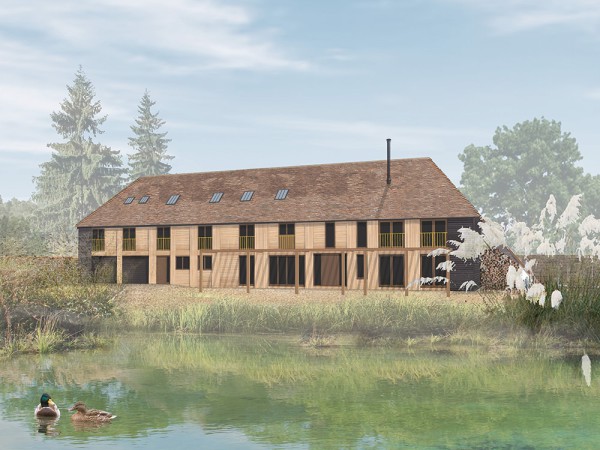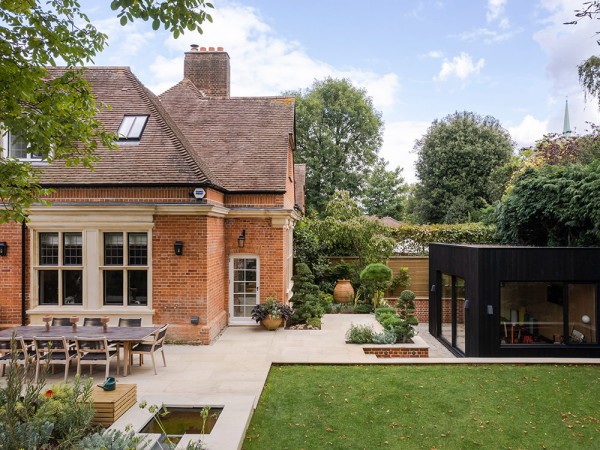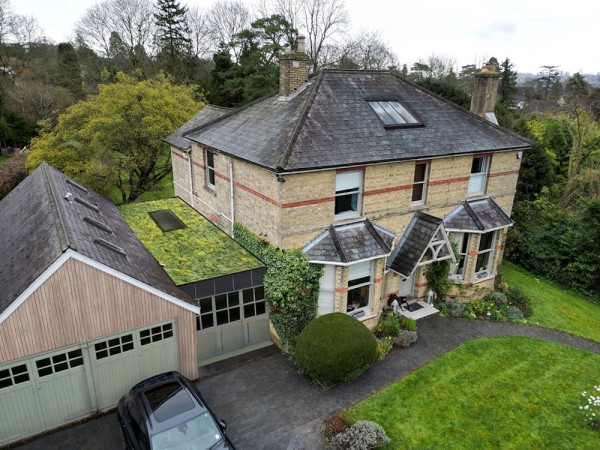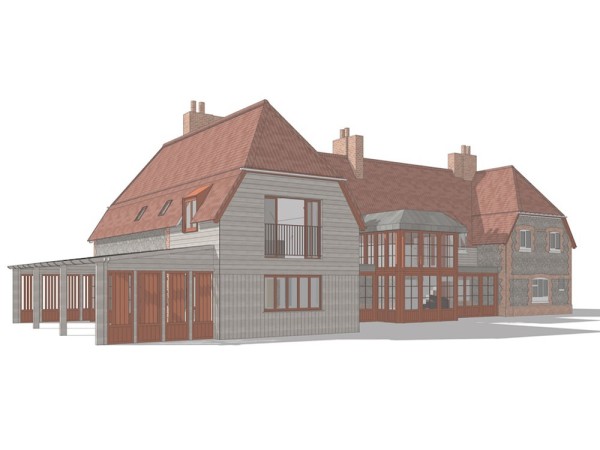Let’s get straight to the heart of the matter. Owning a listed building – or any building with pedigree – isn’t for the faint-hearted. Compared to other buildings, there are always bigger hurdles, longer timescales, additional costs and unexpected issues. Add to that more red-tape, and you get the picture. But if, like us, you thrive on the challenge and on the rewards a bit of history can bring, read on.
We’ve worked on enough listed buildings, and on enough buildings in conservation areas and National Parks, to take all the extra complexity and paperwork in our stride. But if that makes it sound as if it’s run of the mill for us or that we’ve lost any of our enthusiasm, then that couldn’t be further from the truth.
Our view is that the best way to protect our heritage assets is to love them and look after them, and it’ll always be a privilege to work on buildings deemed worthy of protection. Sometimes, though, we come across a building we know should be listed but isn’t, and those are always exciting finds. At these moments, our urge to protect kicks in just as forcefully. And, whatever the designation or lack of it, it’s about valuing and respecting the building for what it is.
As we all know, ‘value’ and ‘respect’ can mean different things to different people, and that’s true of different local authorities, too. So setting out our way of thinking early on is vital.
We see ourselves (and you, the owner) as custodians of the building, and if there’s a bit of negotiation involved to get everyone doing the right thing, that’s all part of the job description.
We’d much rather adopt a contemporary, contrasting approach, because we see that as altogether more sensitive, more honest and more interesting.
New additions – extensions, say – often bring the conversation to a head. We’d much rather adopt a contemporary, contrasting approach, because we see that as altogether more sensitive, more honest and more interesting.
Another reason to lay our cards on the table and get talking straight away is that getting the right permissions can be a long and bumpy road. To give you an extreme example: we never thought it would take two years to get the necessary consents to restore a Georgian building, butchered in the 80s and now in a sorry state, back to its former grandeur, but it did. Why those particular heritage officers had to be so awkward, we’ll never quite understand.
If a building is within a conservation area, there are additional planning controls to navigate. We start by seeking out the ‘conservation area statement’ to give us a steer as to the council’s vision. But sometimes this isn’t as transparent or as clearly defined as we’d like. Or, worse, it doesn’t even exist. But we’re always ready to put the work in, speak to the right people, and find the right way forward.
Experienced Architects In Sussex
When restoration work is involved, as it often is with listed buildings, it’s a case of treading gently, thinking about what we’re trying to achieve, and then calling in the specialists. We love working with heritage consultants and specialist craftspeople who know their stuff.
Actually, working with traditional materials and building techniques isn’t only the preserve of historic architecture. We recently won a Sussex Heritage Trust Award for The Farmhouse, a modern home with a sense of both place and history.
An old house is almost always a careful balancing act and a reason for compromises (unlike a new one where you could have the best of both worlds). You might relish the idea of living in a medieval barn, but if you don’t have electricity and drainage, and of course an internet connection, it’s sure to be more appealing in theory than in practice. So, if old buildings can’t be brought into the present day and made as energy efficient as possible, it’ll be harder to make the case for investing in them, and then they’ll just crumble away.
Let’s end on a positive. There’s something intensely satisfying about bringing an old and beautiful building back to life and making it useful once more. It can’t give you everything, granted, but one thing it can give you is a sense of pride in leaving a building in better condition than when you started and in saving a piece of history for the future. If you share our love of heritage and of history, that should be reward enough.



